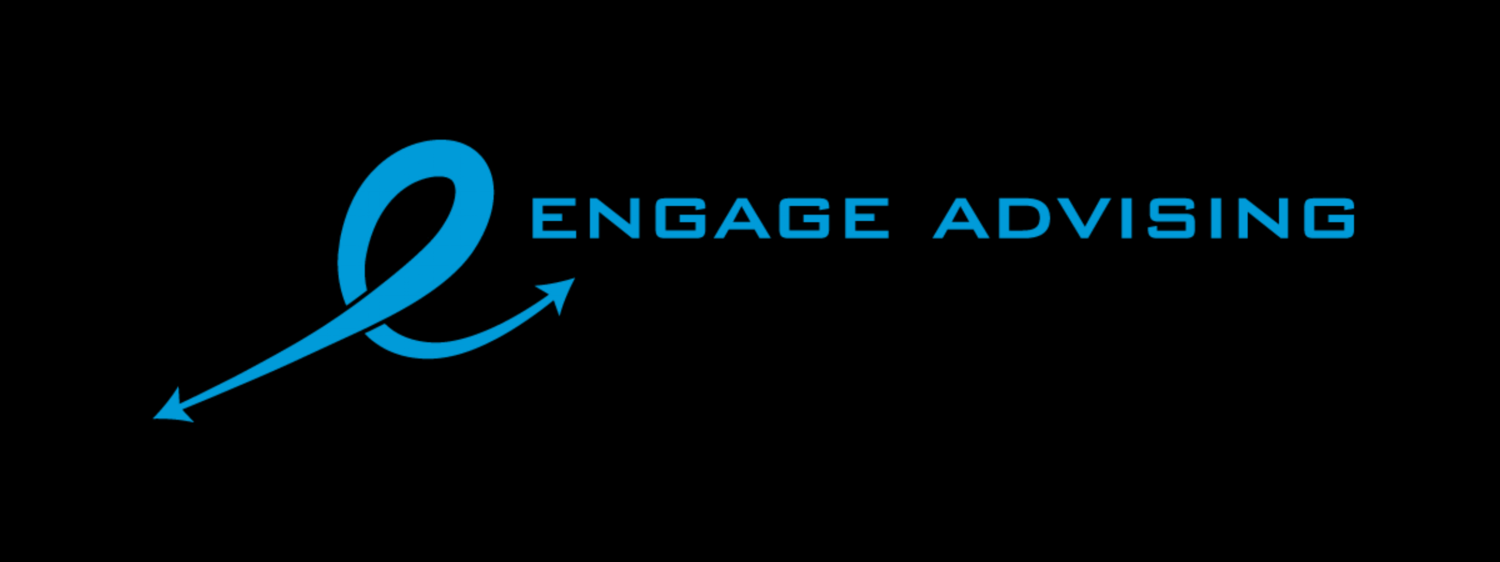Whether you have a 401(k), a 403(b), or a 457 plan, basically, your qualified workplace retirement plan, March is a great time to review your plan. The timing is good because it’s early in the year and most folks are working on taxes and can compare the difference in making changes to their contributions. The majority of people have a 401(k) plan, but you may participate in a 457, or 403(b) workplace qualified retirement plan. Regardless, there are some key areas to discuss.
First up, your deferral percentage. This is your personal contribution amount. It's time to check your personal contribution percentage. This means, the percentage of annual gross income that you are personally saving in your plan. Be sure that you are at least deferring up to the employer match at the very minimum. For example, if your employer matches 6%, make sure you are deferring at least 6% of your salary. In reality, all combined savings for retirement should meet or exceed 15% (including your retirement plan, personal savings, and employer contributions) of your lifetime earnings. I really think in today's world savers and investors should actually target 20%. More advisers are leaning toward the 20% standard as well. That said, saving at 15% is the base level. If you are maxing out your plan, that is amazing! Maxing out would be a personal contribution of $20,500 ($27,000 age 50+) for 2022 (and possibly a special 15+ years of service catch-up for 403(b) folks of an additional $3,000). You should pursue other investment options such as an IRA or a taxable investment account if you are maxing out your contributions each year. Recently, more employers are offering retirement plans that allow employees to contribute to the pre-tax, or Roth, side of their plan. For some earners, it makes sense to split this contribution 50%/50% right now and contribute to both the pre-tax and Roth. If you are really young, you may want to explore making your contribution solely to the Roth side of your plan. You give up the tax deduction on the Roth amount, but this helps with future planning for rollovers, and having money in the three buckets of money: tax-deferred, tax free, and taxable.
Next, review your allocation. Your allocation is basically your percentage of equities (stocks) to fixed income (bonds, cash) that you are invested in. It’s usually expressed numerically such as 70/30 or 80/20 meaning 70% equities and 30% fixed income. Are you properly allocated in line with your risk tolerance? Are you being too cautious (or too risky) for your age? If you have had a life change, or reached a milestone birthday, or your long-term goal has changed, we should discuss this in more detail.
Coupled with your allocation, is what you are invested in. Are you just sitting in cash, or is that 70/30 allocation in a fixed or static portfolio? I have met folks who thought they were invested when in fact they were deferring money each month and it was sitting in their settlement fund simply because they never finished allocating and directing their monthly contributions. Another problem I see is picking a lot of funds thinking that equals diversification. Or, picking only one specialty fund that is overly concentrated in one asset. Crypto, anyone? You need a sound mix of domestic and international equities and fixed income. It also needs to match your risk tolerance. If you are not sure, select a target-date fund. They are diversified and become more conservative as you approach retirement but they get the job done.
Finally, some plans offer a feature called after-tax contributions. This is most common with 401(k) plans and in a lot of technology companies. Your plan may have a feature for after-tax contributions. If it does, and you are able, you should be utilizing this feature as a potential for future mega-backdoor Roth opportunities. Defined contribution plans can accept up to $61,000 ($67,500 age 50+) for 2022 in a combination of employee and employer contributions. This area can get quite tricky, so be sure we discuss this if you are considering this option. The after-tax side of your plan is also different from the Roth contribution mentioned earlier. Like I said, it gets complicated so reach out for help before making a decision.
Many of the rules and regulations around qualified retirement plans are very similar. But there are also key differences between each type of plan. Rules can get complicated pretty quickly. If you are not sure what’s going on with your plan, contact me. Let’s get you on a solid path. As an independent CERTIFIED FINANCIAL PLANNER™, I can help you plan for retirement or other goals. Contact me and let’s get started on a savings, investing, or retirement plan. #talktometuesday #education #Hireaplanner #stressfree #IRA #Roth #401k #457 #403b #savings #retirement #CFPPro #whatsMYnumber


